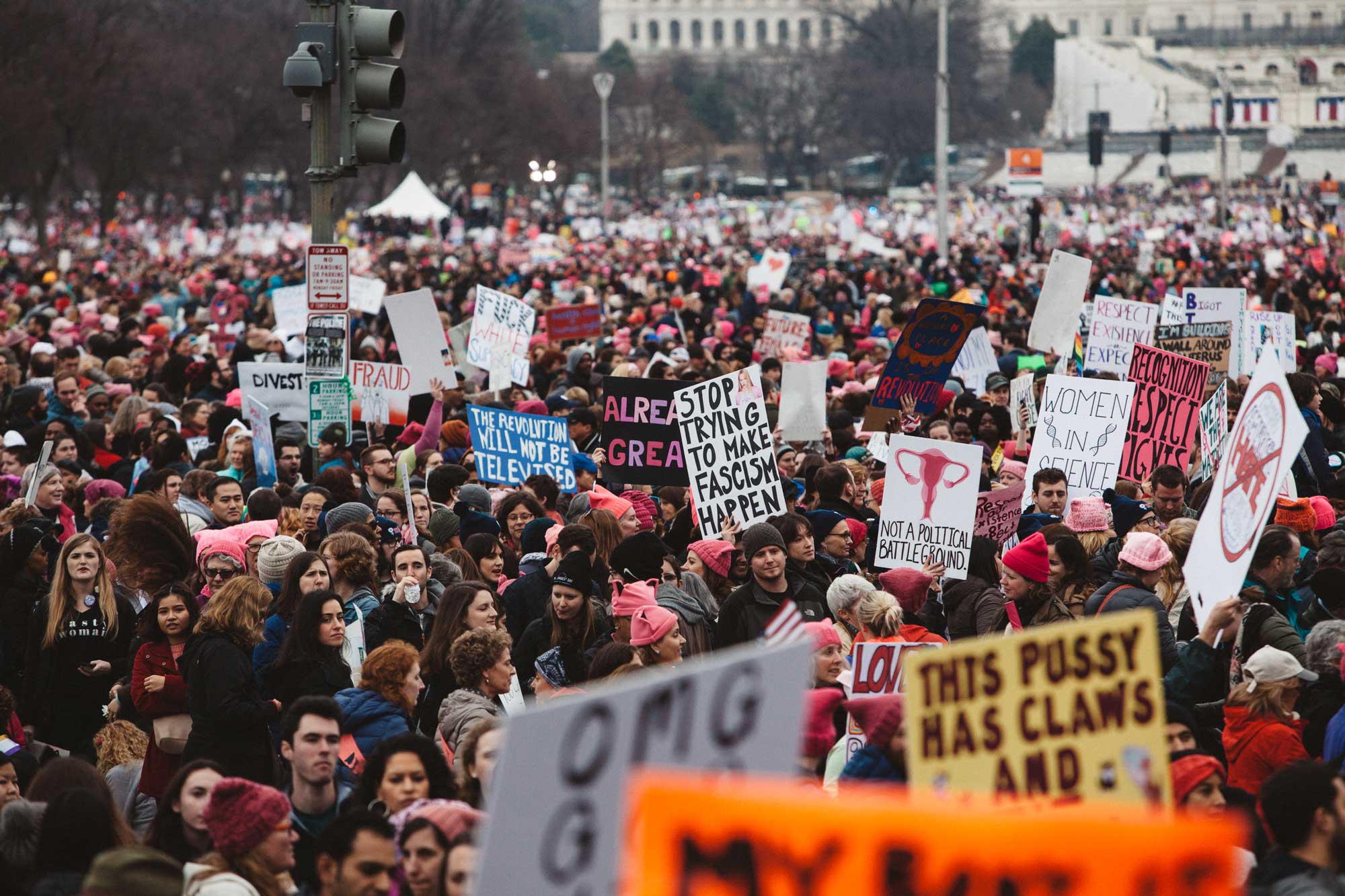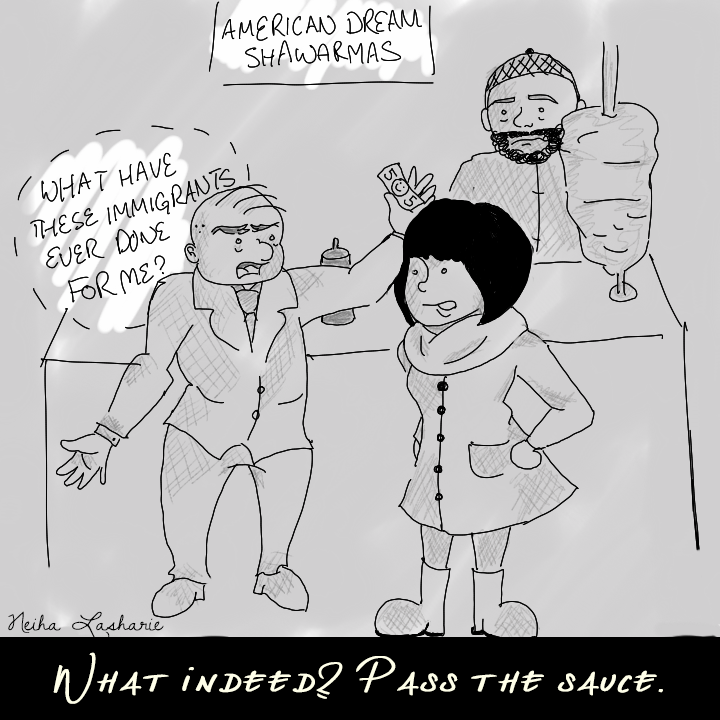For five years of my life, I lived openly and unapologetically as a gay man. Twelve years old and gay as all hell, I was not a typical middle-school student you would find in 2012, even in my hometown of Long Beach in Southern California. And when the world didn’t end that December, I thought, “Shit, now I really gotta figure this out.”
After downloading Grindr at thirteen, I was exposed early to hyper-sexualization, fat-phobia, transphobia, and every phobia or insult you could find under the sun. Even with all of these faceless torsos and all of the budding promise of promiscuity and connection, I felt empty; I was lonely. Loneliness, typically internalized from community, was something I felt almost leap from within me to fill every corner of my burnt orange bedroom. Where was this coming from? Why did I feel so alone?
The Oxford English Dictionary defines loneliness as “the quality of being unfrequented and remote; isolat[ed].”[1] This definition is too basic for my standards because loneliness, at least as it stands in the gay community, can be found almost everywhere; at the gay-bar, at the club, in the Women’s, Gender, and Sexuality Studies classroom, or in a bed, shared. The cause of this distinct loneliness, however, is not a direct result of being attracted to people of the same gender, but the disparate nature that comes along with being a gay man—an otherness that is only perpetuated by existing and functioning within the predetermined hyper-masculine spheres made by and for straight men.
This deep feeling of inadequacy and isolation that is felt by gay men has come from our failure to define our own spheres and spaces. For many gay men, it can feel like masculinity is presented on a binary spectrum, with hyper masculine norms and queer identity lying on opposite ends. This loneliness is a product of existing in the “no man’s land” between these two worlds. Unfortunately, I find that this rigid structure in many spaces is both suffocating and near impossible to dismantle.
Gay people statistically are two to ten times more likely to commit suicide than their non-LGBTQIAP+ counterparts.[2] According to the Centers for Disease Control and Prevention (CDC), negative attitudes toward gay men from the notion of straightness as “regular” and “right,” “add to poor mental health and poor coping skills, such as substance abuse, risky sexual behaviors, and suicide attempts” of gay men.[3] I can relate to all of the aforementioned.
The opaqueness of this issue, however, is less known. This sweeping epidemic of gay loneliness has awful outcomes, but the source of it is left for discussion and much disagreement.
Some, like Michael Hobbes, who initially turned me on to this topic in his long-form essay “Together Alone,” hypothesize that the loneliness epidemic comes from the gay community itself, a product of inbred fighting and cattiness that leaves everyone worse off.[4] I recognize this conflict as an issue, but I do not think that this explanation gets to the root of the problem. I find the take that the gay community is either too weak or malicious to participate in conflict resolution to be doused with internalized homophobia. The real issue with gay loneliness, the real epidemic, is that gay people are trying to be something that they are not—straight. More specifically, they are trying to model their relationships after straight ones and are ultimately trying to fit hyper-masculine norms as men. Shrugging off the “Who’s the man, and who’s the woman?” commentary that comes with the disclosure of many homosexual relationships halts any space for fruitful discussion on the topic. “Well, Susan, we are both men. That’s kind of the point.”
There’s a toxic idea that gay male bodies are “up for negotiation” or “purchase,” as Kris Kidd recently recounted in his column #ELSEWHERE, and this all ties back to heteronormative maleness.[5] “Don’t wanna have sex? Maybe just oral.” Hard no’s are seldom listened to. Gay male bodies are tied to female bodies in their supposed femininity, with femininity seen as weakness seen as prey. Predator and prey models are not the foundations of any good relationship.
But isn’t this an intra-community issue? No. This heteronormative and homogenous performance of queerness is largely projected upon the LGBTQIAP+ community by straight peers, family, friends, and even self-proclaimed allies. It is an important issue today not only because of the risk that queer people are at in the U.S. under the Trump administration, but also because of the recent human rights abuses against gay men globally, who are now being sought out and tortured in concentration camps in Chechnya.[6] Gay people, their identities, their lives, their fundamentality, and even their existence, are under attack. The gay community should be a place of warmth and acceptance in this time of emergency, but for many, it remains isolating.
The first line of action in fixing this epidemic starts with the recognition of gay men as people with different sets of needs, and as people deserving of human rights and recognition much the same. It then continues with liberation for and from ourselves and these harmful ways of thinking. It is not about further othering, but about further introspection and recognition. This performance, the performance of trying to fit circles into square-shaped holes, is not at all unique to the gay community, but one that is learned from different historically othered communities in society.
The minority stress model, while maybe not fully applicable to gay men, hinges on societal domination. This model’s effect can be seen taking its insidious toll different groups of minorities and can affect everything from their physical health to their emotional and psychological well-being. While not a largely studied phenomenon, it is one whose outcomes are impossible to ignore.
For example, the otherness felt by black women and the burden they have been endowed with by society as non-male and non-white severely affects something that may not be expected: their likelihood of cancer. African-American women are, shockingly, at twice the risk of cervical cancer when compared to white women according to a study from the Defense Equal Opportunity Management Institute.[7] It is impossible to unlink the effects that otherness in society can have on us, on our bodies, and on our wellbeing. Similarly, gayness is also dominated by straightness institutionally, practically, and politically.
What this means for the gay community is that actions need to be taken and taken now. We need to recognize, react to, and reconcile with the issues we have. We, as a gay community, need to create our own script—our own set of norms, our own type of relationships, and legitimize those for ourselves. The straight institution and idea of marriage, family, baby, one man one woman has not worked out even for those for whom it was made, with about 46.4% of marriages ending in divorce as of 2014 according to the CDC.[8] We need powerful ascriptions of commitment for gay men—boyfriends who have been together for fifteen years, polyamorous gay couples who raised amazing and functional kids together—that may not be marriage. I do not find myself, a single gay queer person, in the position to decide what these should be.
What the gay community ultimately needs is self-determination. But as a group without much institutional power or backing, self-determination in the current sociopolitical climate is an uphill battle. Our gendered patterns need to be recognized more as patterns than prescriptions and actionable items, as they are by many in the field of gender research.[9] Scholars in the field of gender and communication do not see gender and the way human beings communicate our gender as much of a prescription anymore, something to be followed strictly and to a T. Rather, they see it much more as a hopscotch course, something we can hop through, inside and outside of as we explore, grow, and learn. Gender should not be a pill we take but an outfit we try on. This is not to conflate gayness of sexuality to queerness of gender, though I believe the two to be correlated.
While I ultimately recognize the separation between gender identity and sexual orientation, I think the elixir to toxic masculinity comes with taking them as a package, gayness and maleness, when they exist concurrently. When one takes a critical look at sexuality, a critical look at gender usually follows; it did with my own gender identity, as shown through my experience coming out as non-binary at age seventeen, the result of an exploration I do not believe would’ve occurred sans my queering sexuality. This marked the end of my identity as a gay man, but nowhere near the end of my gay loneliness.
Gay men should not be the butt of jokes, nor should they be subject to “gayface.”[10] Their identity and privilege, while always subject to male privileges, is largely achieved through the discarding of many other identities they may hold. Any take on gayness and maleness must be intersectional to do the difficult cognitive work of understanding and empathizing.
The ability to define our own legal and casual relationships needs to be left in the hands of individuals, not systems, websites, or mobile applications. While having our community and a multitude of ways to engage with one another at our fingertips, it is imperative to edit our mode of usage. We must be critical consumers and use the tools we have for coalition building and to have an accessible, inclusive conversation. I believe the gay community can learn a lot from our foremothers of color, who used this mode of organizing to make powerful change and create fantastic and inclusive definitions.[11] At the end of the day, gay loneliness is not our fault, but it is our problem.
[1] “Loneliness.” English Oxford Living Dictionaries. Accessed March 6, 2018. https://en.oxforddictionaries.com/definition/loneliness.
[2] Hottes, Travis Salway, Ferlatte, Olivier, and Dulai, Joshun. “Preventing Suicide Among Gay and Bisexual Men: New Research & Perspectives.” Academia. Published September, 2016. Accessed March 6, 2018. http://www.academia.edu/28181008/Preventing_Suicide_Among_Gay_and_Bisexual_Men_New_Research_and_Perspectives.
[3] “Gay and Bisexual Men’s Health.” Centers for Disease Control and Prevention. Published February 29, 2016. Accessed March 6, 2018. https://www.cdc.gov/msmhealth/stigma-and-discrimination.htm
[4] Hobbes, Michael. “Together Alone: The Epidemic of Gay Loneliness.” Highline: The Huffington Post. Published March 02, 2017. Accessed March 6, 2018. http://highline.huffingtonpost.com/articles/en/gay-loneliness/
[5] Kidd, Kris. “ASSHOLES.” NAKID. Published, April 10, 2017. Accessed March 6, 2018. https://nakidmagazine.com/2017/04/10/assholes-nsfw-exclusive-series/
[6] Eleftheriou-Smith, Loulla-Mae. “More than 100 gay men ‘sent to prison camps’ in Chechnya.” Independent Digital News & Media. Published April 11, 2017. Accessed March 6, 2018. from http://www.independent.co.uk/news/world/europe/chechnya-gay-men-concentration-camps-torture-detain-nazi-ramzan-kadyrov-chechen-russia-region-a7677901.html
[7] Hodge, Jacqueline. Defense Equal Opportunity Management Institute. “African-American Women: Yesterday, Today, and Tomorrow.” Published July, 1995. Accessed March 6, 2018. https://www.deomi.org/downloadableFiles/BLACKHISTORYMONTH1996.pdf
[8] “National Marriage and Divorce Rate Trends.” Centers for Disease Control and Prevention. Published November, 23, 2015. Accessed March 6, 2018. https://www.cdc.gov/nchs/nvss/marriage_divorce_tables.htm
[9] Wood, Julia T., and Natalie Fixmer-Oraiz. Gendered Lives: Communication, Gender, & Culture, 12th Ed. Boston: Cengage Learning, 2016.
[10] Crenshaw, Kimberle. “Mapping the Margins: Intersectionality, Identity Politics, and Violence against Women of Color.” Stanford Law Review 43, no. 6 (1991): 1294. doi:10.2307/1229039.
[11] Hooks, Bell. feminism is for everybody: passionate politics. New York: Routledge, 2015.



